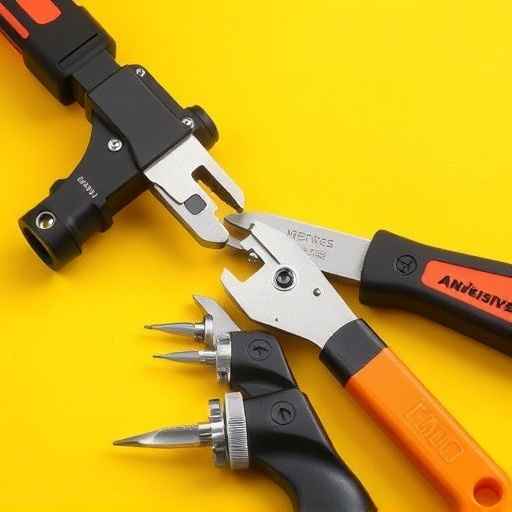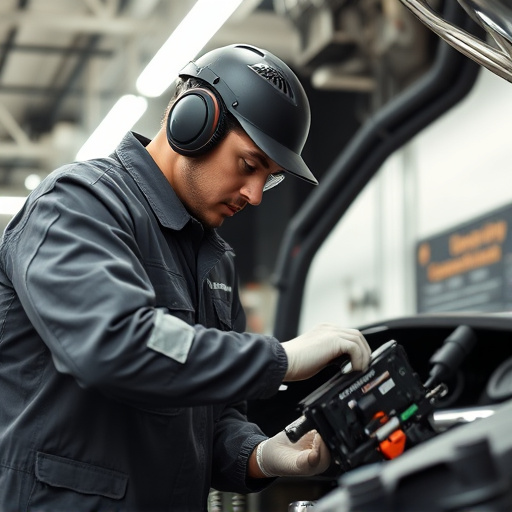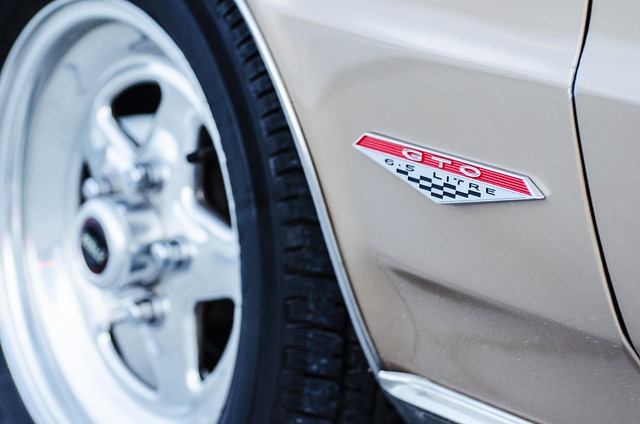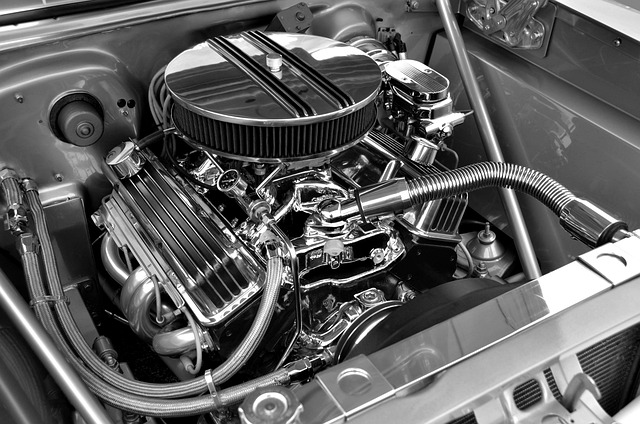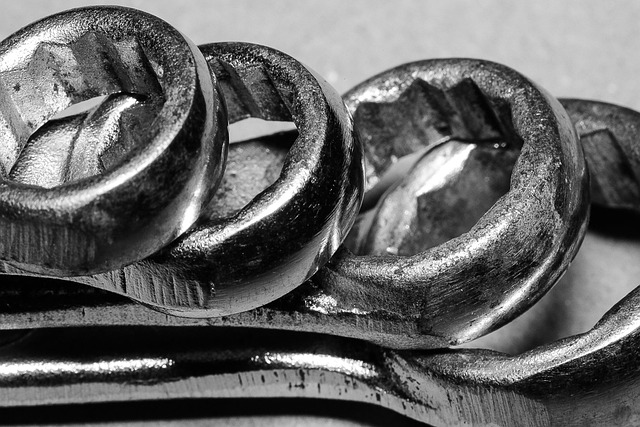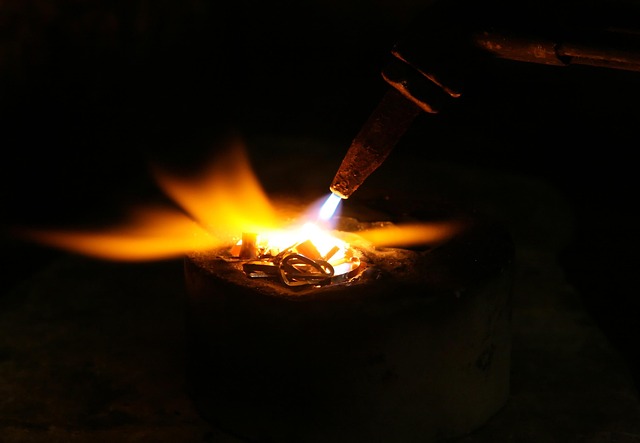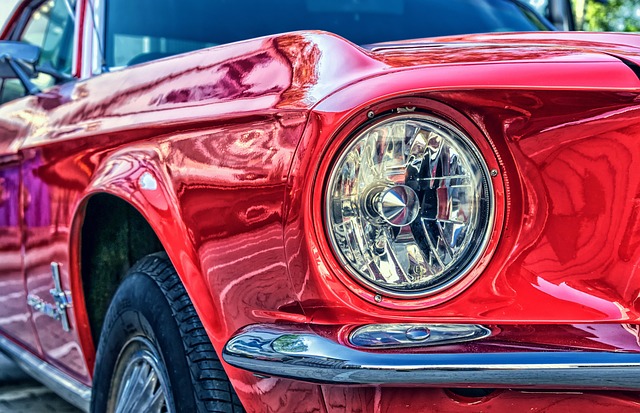Mercedes Thermotronic systems are advanced climate control mechanisms that require professional repairs if they fail, impacting comfort and safety. Common issues include sensor malfunction, electrical failures, and age-related degradation. Repairs involve diagnostic testing, replacing components like sensors and actuators, and precise reassembly. A systematic approach, including root cause identification, secure disassembly, and rigorous post-installation testing, ensures successful repairs. Regular maintenance is crucial to prevent future Mercedes Thermotronic repair needs.
Struggling with a failed Mercedes Thermotronic climate control system? This comprehensive guide is your go-to resource. We’ll delve into the intricate world of Mercedes Thermotronic systems, uncovering their functions and common failure points. Understanding these aspects is crucial for effective repairs.
Through this article, you’ll explore: a detailed overview of Thermotronic technology, underlying causes of failures in Mercedes vehicles, and a practical, step-by-step repair guide to ensure optimal system performance. Discover the secrets to mastering Mercedes THERMOTRONIC repair.
- Understanding Mercedes Thermotronic Systems: A Comprehensive Overview
- Common Causes of Climate Control Failure in Mercedes Vehicles
- Step-by-Step Guide to Repairs and Maintenance for Optimal Performance
Understanding Mercedes Thermotronic Systems: A Comprehensive Overview

Mercedes Thermotronic systems are a sophisticated climate control mechanism designed to maintain optimal cabin comfort. This innovative technology is a cornerstone of modern Mercedes-Benz vehicles, ensuring drivers and passengers enjoy a pleasant temperature throughout their journey. At the heart of this system lies the Thermotronic module, which acts as the central controller, regulating ventilation, heating, and cooling functions. Understanding how this intricate network operates is crucial when it comes to effective Mercedes THERMOTRONIC repair after a climate control failure.
These systems are not merely a luxury; they play a vital role in safety and vehicle performance. A malfunction can lead to discomfort or, in severe cases, impact the overall functionality of the car’s heating and cooling mechanisms. Therefore, when dealing with Thermotronic repairs, it is essential to approach the process with expertise. Professional technicians employ specialized diagnostic tools to identify issues, ensuring that components like sensors, actuators, and control modules are all functioning optimally. This meticulous repair process involves careful disassembly, part replacement (if necessary), and precise reassembly to restore the system’s efficiency, much like a well-choreographed dance in car body restoration.
Common Causes of Climate Control Failure in Mercedes Vehicles
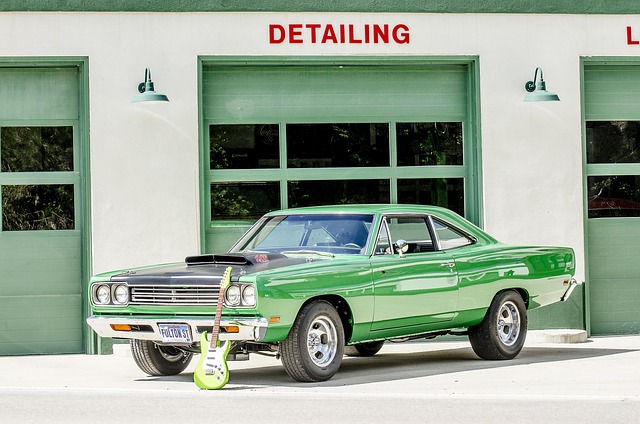
Climate control failure in Mercedes vehicles can stem from a variety of factors. One common cause is the wear and tear of the THERMOTRONIC system, which regulates the vehicle’s temperature. Over time, components like sensors, valves, and pumps may degrade or malfunction due to age, leading to inefficient cooling or heating. Another significant reason is failure at the electrical level; faulty wiring, damaged connectors, or a short circuit can disrupt the power supply to the climate control unit, causing it to malfunction.
Additionally, vehicle collision repair or auto body work can introduce issues if not performed correctly. Crashes or severe dents can damage internal components, compromising their functionality. Furthermore, inadequate maintenance practices, such as neglecting regular servicing or using incompatible replacement parts, can accelerate the deterioration of critical climate control parts. Identifying and addressing these causes promptly is crucial for ensuring optimal vehicle performance and passenger comfort.
Step-by-Step Guide to Repairs and Maintenance for Optimal Performance
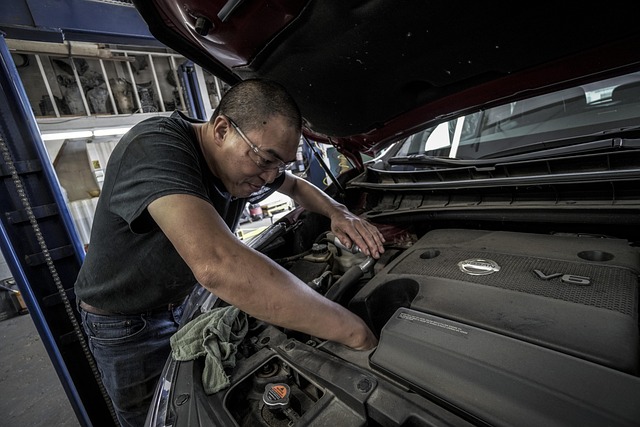
When addressing Mercedes THERMOTRONIC repair after a climate control failure, following a step-by-step guide ensures optimal performance and longevity of your vehicle’s system. Start by identifying the issue—is it a malfunctioning sensor, a faulty compressor, or a leak in the refrigerant lines? This initial diagnosis guides the subsequent repair process. Next, locate and secure the problem area to prevent further damage during disassembly.
Demolition and replacement parts should be handled with care to avoid damaging other components. Once identified, replace any defective parts and ensure proper sealing for optimal refrigerant flow. After installation, conduct thorough testing of each component—including electrical connections, sensors, and refrigerant levels—to guarantee the system operates efficiently. Regular maintenance, including periodic checks and fluid top-ups, is key to preventing future Mercedes THERMOTRONIC repair needs, ensuring your vehicle’s climate control system remains robust and reliable.
In conclusion, addressing Mercedes THERMOTRONIC repair after climate control failure is a critical step in maintaining your vehicle’s comfort and efficiency. By understanding the intricate Thermotronic system, identifying common causes of failure, and following a structured repair guide, car owners can restore optimal performance. This process not only ensures a comfortable driving experience but also prolongs the life of your Mercedes’ climate control unit.
